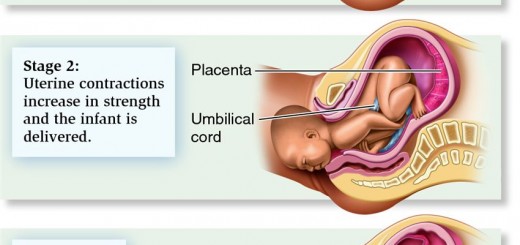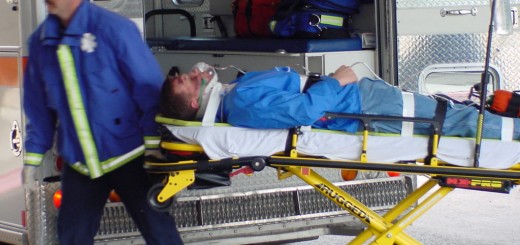First Aid for Prickly Heat
Also known as heat rash and miliaria, prickly heat is a common problem among children who are still in diapers. Prickly heat is a skin irritation resulting from too much heat and moisture. It usually develops in hot, humid summer months but also can occur in colder temperatures—when a child is overdressed, for example. Prickly heat is rarely serious and usually responds readily to appropriate treatment.
Signs of Prickly Heat
Prickly heat produces an itchy, red rash, accompanied by small bumps or tiny fluid-filled blisters. It generally occurs in the creases or skin folds of the upper neck and back, armpits and diaper area. One type—miliaria crystallina—mainly affects newborns and does not cause inflammation. Another type—miliaria rubra—occurs in older infants and children and is inflamed due to leakage sweat beneath the skin. A third type—miliaria pustulosa—occurs when the blocked sweat ducts become infected.
Prickly heat is due to retention of sweat in the pores.
It is rarely necessary to consult a pediatrician about prickly heat. However, if you take appropriate measures and the rash has not cleared up after three or four days, or has spread or worsened, a visit to the doctor is in order.
The pediatrician can check to see if the child is suffering from another condition—such as measles or chicken pox, which produce rashes associated with other symptoms. The child also may be experiencing an allergic reaction to a new food, detergent or skin product.
Preventing Prickly Heat
The best way to prevent prickly heat is to keep your baby or young child clean, dry and comfortable.
- In hot and humid weather, try to keep the child in the shade, and avoid taking him out during the hottest periods.
- Give frequent, lukewarm baths in hot weather, but be sure to dry the child’s skin thoroughly afterwards.
- During cold weather, avoid overdressing the child. When you come inside, remove unnecessary layers of heavy clothing.
- Use clothing made of cotton or other breathable fabrics.
- Avoid greasy ointments and lotions, which hold moisture in.





